Philippine Weaving Identities
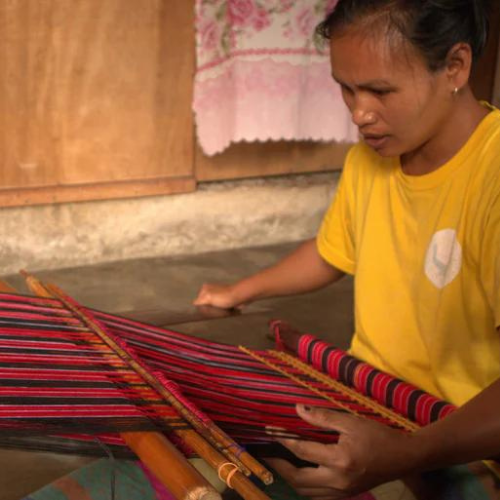
And for the month of October, we celebrate Indigenous People's month by taking a look at some of the weaving identities that Daily Malong has continually supported and enriched.
Weaving as cultural identity in the Philippines

Weaving in the Philippines dates back to the 13th century. It is considered as an artform perfected and passed on generation to generation. And in a country with a vibrant and diverse culture, weaving has evolved as a defining cultural identity of many indigenous communities.
Today, there are about 450 weaving groups across the Philippines spread out across Luzon, Visayas and Mindanao. Weaves typically make use of locally available materials such as cotton, fibers, abaca, and pineapple.
T'nalak

The T'nalak is the weaving identity of the T'boli community from Lake Sebu in Mindanao.
Handwoven from Abaca fibers, these intricate and creative patterns are believed to be from the dreams of weavers who create it. They can't create a design of the Tinalak if they haven't dreamed of it. This is why the weavers are often called 'dream weavers'.
Because of their unique patterns, authentic T'nalak weaves cannot be mass-produced. Every design is new and never replicated. Each one is one of a kind.
Inaul

Inaul (also pronounced as inol) is the traditional woven cloth of the Maguindanaon. It is the Maguindanao word for “woven”.
Traditionally woven with geometric designs, the inaul is commonly used as a malong or wraparound skirt.
This has been considered a status symbol and is referred to as an object of "Barabangsa" (dignity). The inaul is commonly used in the malong, the multitasking tubular fabric.
Inabel

Sometimes referred to as Abel Iloco or simply Abel, Inabel is the weaving tradition native to the Ilocos region of the Philippines. Inabel fabric is made of cotton and may be plain or patterned. The abel cloth is well known and much loved for its softness, beautiful designs, and strength.
Inabel literally translates to “woven” in the Ilocano dialect while abel means to weave.
Made through traditional wooden looms, Inabel is a weaving technique that's often described as a strong weave meticulously handmade from weaving practices passed down through many generations. It takes 2 weeks just to set up a pattern on a loom and a loom can produce only about 2 meters of fabric a day.
Kalinga

Weavers of Kalinga textile use raw materials from banana, cogon, abaca and maguey and braid them with polyester or cotton textile.
Kalinga hand woven fabrics are characterized by dominant red and black stripes and motifs of geometric patterns with nature symbols interlaced with white yellow and black fibers.
Considered as one of the finest textile products in the Philippines, the Kalinga weave have been continually developed with new designs and color arrangements.
Yakan

Yakan hand loomed fabrics are known for their use of bold and often contrasting colours in big symmetrical patterns. As a result, their brightly-colored fabrics produce a myriad of textiles with distinct, strongly geometric, repetitive patterns, including the bunga sama (based on the diamond), the sinaluan (small bands of bisected and quartered lozenge shapes), the pussuk labbung (saw-tooth pattern) and the kabban budi (triangular-rectangular design).
Their inspiration for design comes from island living and Islamic sacred geometry.
Using herbal extracts from leaves, roots and barks, the Yakans dyed the fibers and produced colorful combinations and intricate designs.
Pis Syabit

PIS Syabit is a traditional cloth tapestry usually used as head covering. It is made from cotton or silk, square in shape and provided with geometric patterns.
The term “syabit” (which translates to “hook”) is a direct reference of the production process of inserting or hooking-in disconnected weft threads of various colors, across a generally dark yet finely striped body of warp threads.
Pis Syabit is usually seen being worn during weddings and other Tausug occasions as a symbol of colorful history and rank.
Ga'dang

'Ga'dang', means 'higher ground', are one of the tribes with the most colorful weaving in the Cordillera region.
The weaving style uses four to five colors (white, yellow, indigo/black, and red) where red is the most dominant color of the four.
The materials are basically threads and beads aside from the ornaments being attached to the attires and accessories. These go through the process of warping, weaving, sewing, embroidery, beadwork, and attaching accessories and other ornaments.
Designs and patterns also vary. Marge explains, “The lallad, which consists of straight lines, is the simplest form of weaving. Then there’s the inammata, an eye-like pattern, the ilintuwan and the annalifambang which refer to butterflies, among others.”
Langkit

Langkit is a traditional Maranao weave handwoven by backstrap loom typically utilized by the Maranao people in sewing the decorative strips of fabric onto malongs and ceremonial clothing.
'One of the many weaving styles of their community, Langkit is a Meranao word meaning a strip of multi-colored fabric.
The langkit design is particularly distinct and recognized for the intricate geometric patterns referred to locally as okir.
Ikat

Ikat is a Cordilleran way of weaving that incorporates designs through dyeing threads in vibrant contemporary colors. The result of this process is a motif which is fuzzy in appearance. This blurry look comes from the slight bleeding of the dyes into the resist areas.
Ifugao Ikat is characterized by diamond stripes of white and red stripes. It is known for its colors and striking design patterns.
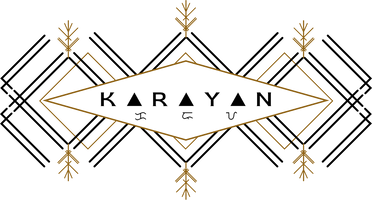
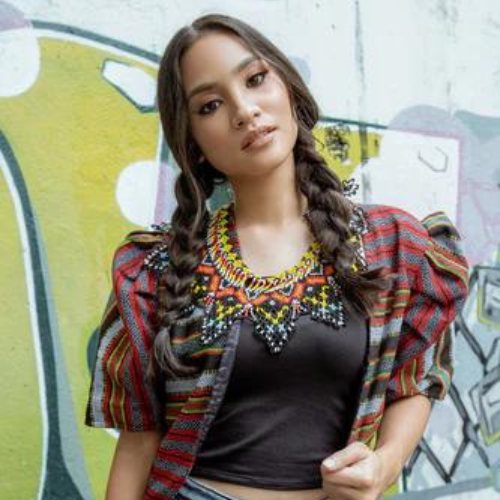
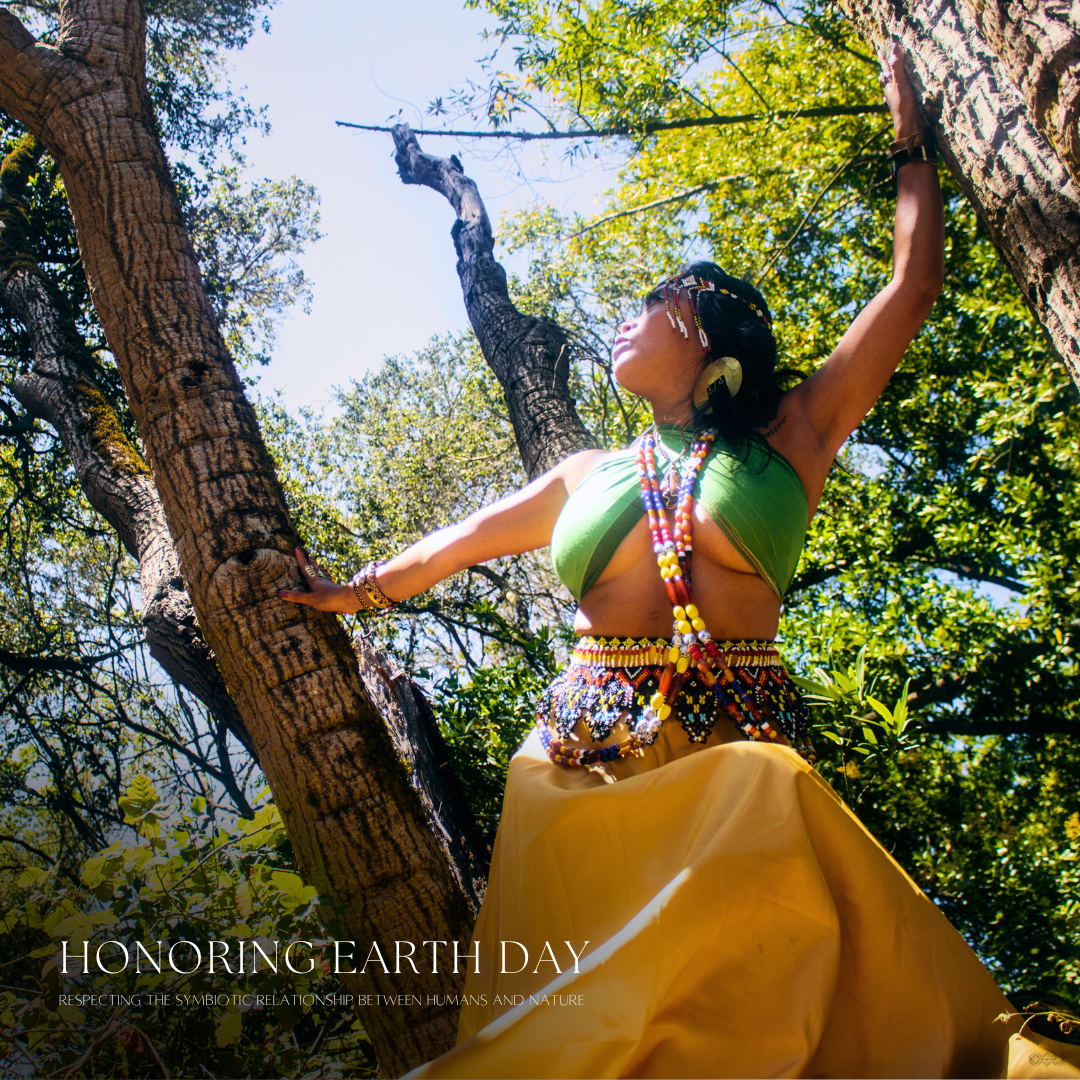
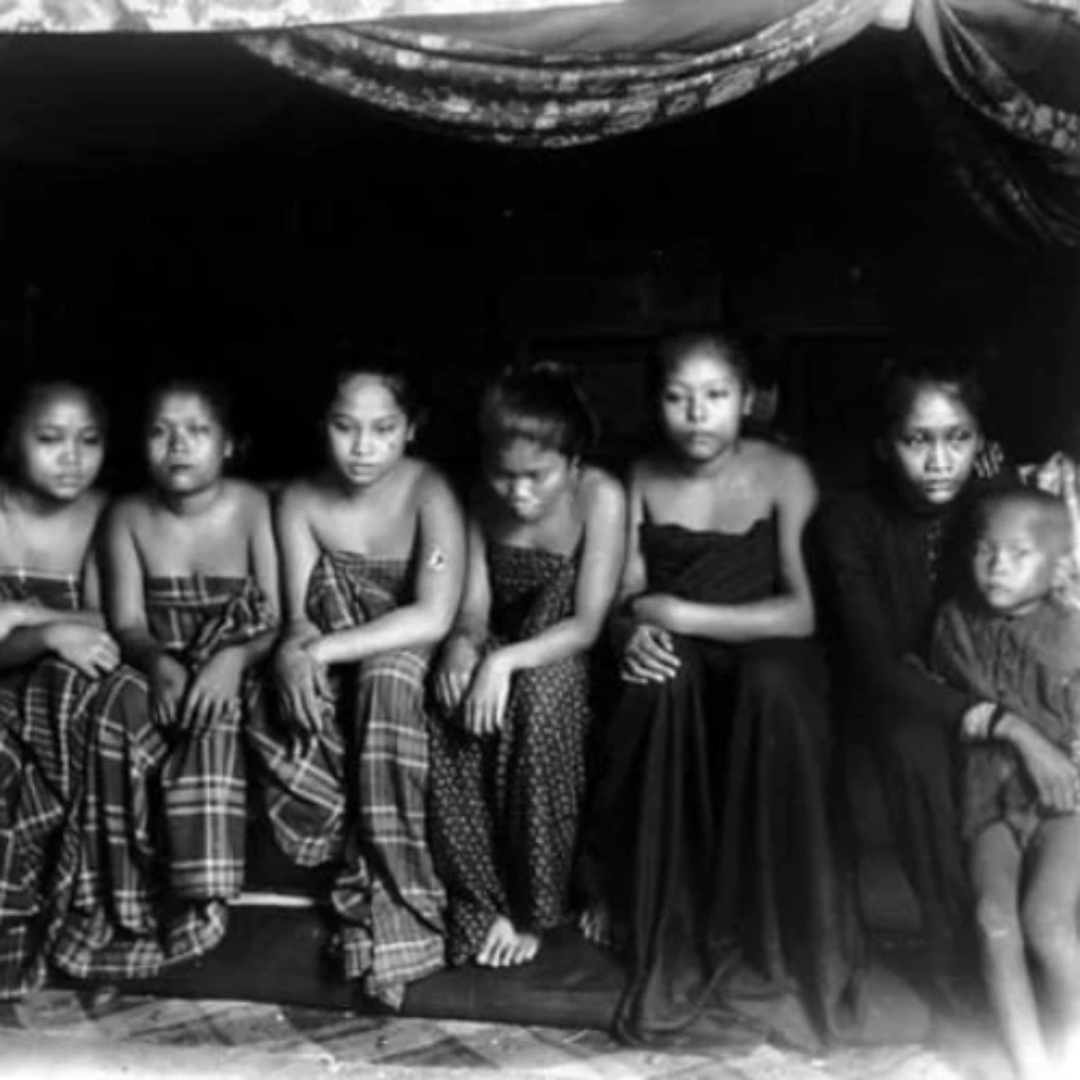
Comments